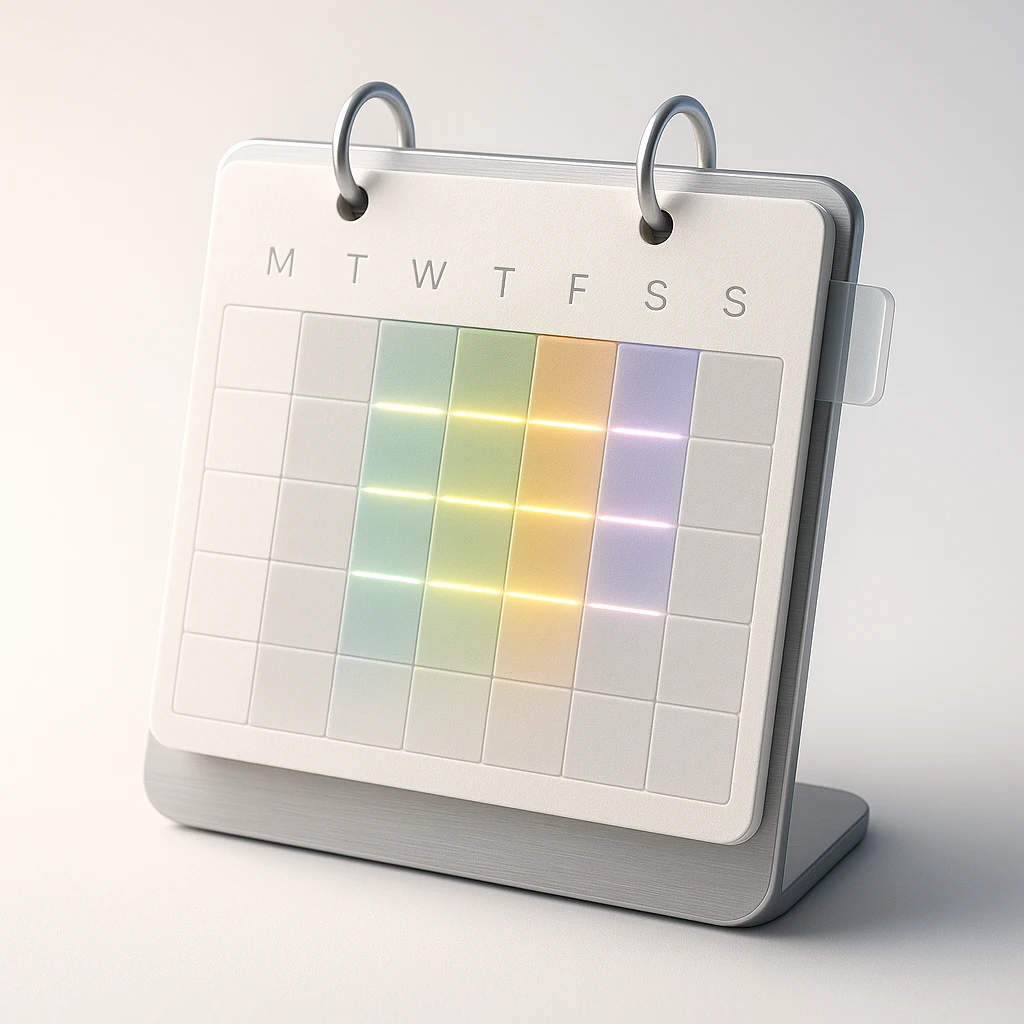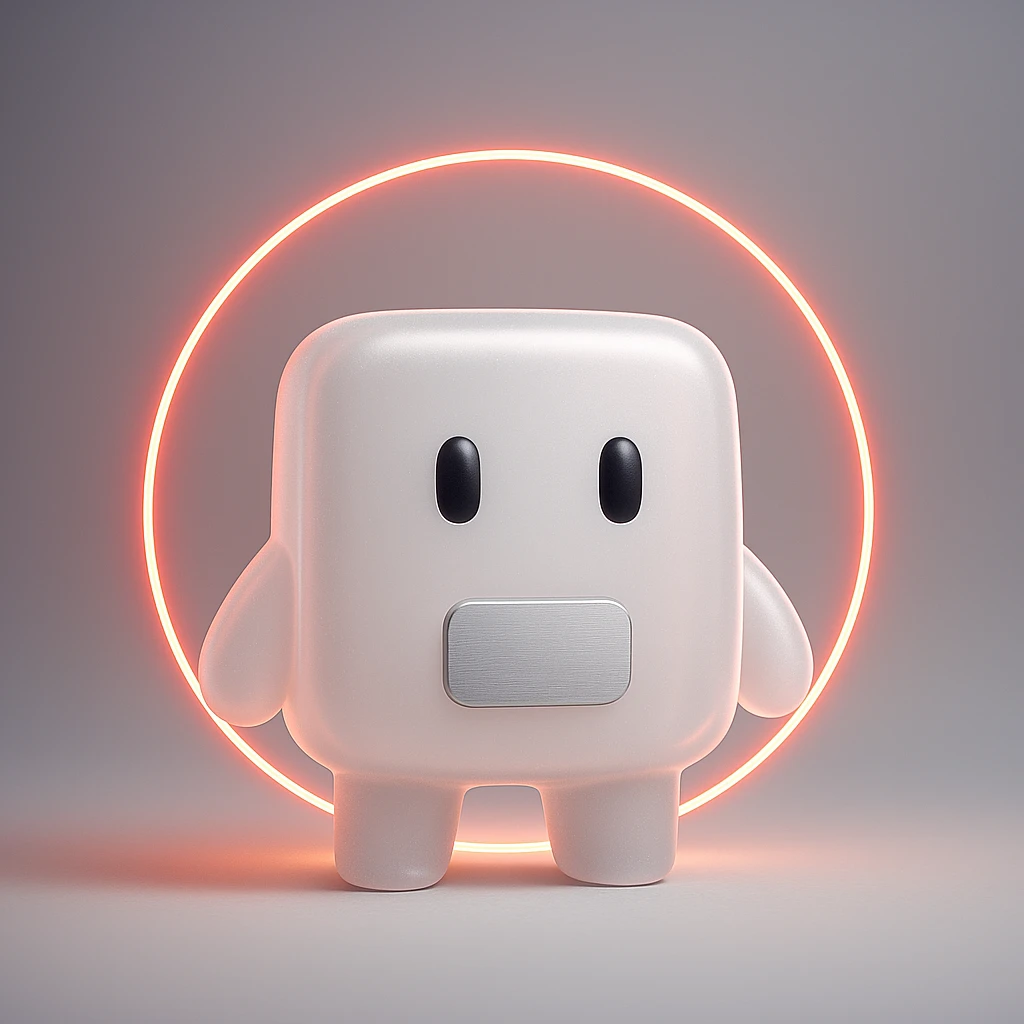One-Button Timer Control
Start focus and break sessions with a single button—no confusion, just productivity.
Discover how FlowTime helps you stay focused.
Start focus and break sessions with a single button—no confusion, just productivity.
Track every second of your sessions in a detailed statistics dashboard.
Skip the sign-up process and get started instantly.
Start mastering FlowTime in four easy steps.

Tap the + button to register every task you plan to work on today. Each task will build its own focus history.

Press “Start Focus”. The timer turns red to indicate a focus interval—stay immersed until the alarm signals break time.

When the timer switches to aqua, you’re in break mode. Stretch, hydrate, or clear your mind before the next focus sprint.

Open “Dashboard › Daily Timeline” to visualise when you were most productive. Spot your peak hours and fine-tune tomorrow’s schedule.
Understand how a task travels from Backlog to Done in three clear stages.
Adding a task spawns a Backlog card automatically. Estimated sessions carry over so you can spot the effort level before prioritising.
Drag cards into Todo or In Progress to persist lane changes instantly. Keyboard controls are supported and you can revert drops if needed.
Setting a card active hooks it to the focus timer. Completing a session moves the card forward and stores the log for the analytics dashboard.
FlowTime records a streak day whenever you finish one focus session followed by a break, and the flame badge shows the consecutive count. Here are the core rules only.
One focus interval plus the break that follows locks in the day and increases your streak by one.
Choose skipped weekdays under Settings → Streaks. Marked days never break the chain even if you stay idle.
Each saved session recalculates the badge so you always see the remaining requirement to secure today.
The Flowtime technique is a flexible time management method that emphasises working for as long as you can maintain concentration and taking a break only when your focus naturally fades. Instead of following preset intervals, you decide when to work and when to rest based on your own rhythm. The technique encourages deep immersion in a single task and draws on the psychology of flow, a state where you are fully engaged and lose track of time.
The Pomodoro technique divides work into fixed 25-minute sessions with 5-minute breaks and prescribes a longer break after four sessions. Its rigid schedule removes the need to fine-tune your own rhythm. Flowtime, by contrast, imposes no fixed intervals—you work until your focus wanes and choose the length of your break yourself. This flexibility lets you align work and rest with your energy levels and day-to-day variations. Flowtime also recommends dedicating roughly 20% of your focus duration to the subsequent break, so a 50-minute session is followed by about 10 minutes of recovery. It further encourages you to keep a detailed list of tasks and distractions so you can refine your schedule.
Begin by choosing a specific task—Flowtime works best when you unitask rather than multitask. Break large projects into smaller, actionable pieces and set a clear goal for each. Prepare a distraction-free workspace, then start working on your first task. Let your natural focus determine how long you work, and when you notice fatigue or dwindling concentration take a break. After each session, note what you accomplished and how long you worked; recording distractions can help you refine your schedule. Time-tracking tools and distraction blockers are useful companions because they measure your focus sessions and reduce interruptions.
Flowtime’s main advantage is its flexibility: you can adapt work and rest to your energy levels and task complexity. It also encourages reflection by logging tasks and interruptions, helping you build a feedback loop. The trade-off is that you must self-manage your schedule—if you struggle with open-ended planning, Flowtime may require more discipline to adopt. You may also need to set reminders to ensure you take breaks when needed.
Add your tasks to the task list and arrange them with drag-and-drop. When you are ready to focus, select a task and press the start button; a count-up timer will begin and, when you stop, the app will calculate a break equal to 20% of your work time. Stay focused on one task at a time while the session is running. After finishing a session, take the suggested break, then return to the next task. You can view your session history in the statistics dashboard and export your data to CSV or JSON (coming soon) for analysis. The app persists the timer state when the tab is inactive and synchronises sessions across multiple tabs, so you can continue working even if you navigate away.
In the statistics dashboard, you can visualise work and break time by day, week, month, and year. The ability to review focus trends with a 52-week heatmap and bar charts, and to export data in CSV format for review, is planned.
Testimonials
Hear from people who use focus blocks to deliver results with FlowTime.
FlowTime lets me work until my focus naturally fades, so I can keep the 90-minute morning and evening blocks intact and push Slack pings into break slots. Re-reading context dropped, and rework on design reviews is down 37%.
Since I started using FlowTime between classes and club activities, my daily focus sessions increased by an average of three. The log shows how far I got, so I can end the day confident about my progress.
Protecting design time with FlowTime removed the one hours a day I used to lose regaining focus after project meetings. The weekly report also helped the team reach alignment faster.
Blog
Insights, tactics, and research updates to keep your focus sharp.

Why does work keep expanding and dragging on? Timeboxing is a powerful way to beat procrastination and over‑optimistic estimates by setting a maximum time for each task. From scientific evidence to a concrete two‑week practice plan, and how to pair it with Flowtime to raise focus, this guide explains all the knowledge you need to deliver steady results.
Read story
"Have you ever finally gotten into a groove, only to be interrupted by meetings or chat? This article explains how to design a week where you can dive into deep work without stress by combining “Day Theming,” which assigns a work theme to each weekday, with “Flowtime,” which tells you to take a break when you notice signs your focus is slipping. We also share templates you can use immediately as an individual or a team."
Read story
A complete guide to boosting productivity with time blocking. This is a time management technique where you design your day with "boxes" of time to reduce switching costs and improve focus. This guide comprehensively covers everything from how to get started based on scientific evidence to combining it with the Flowtime technique and tips for success.
Read story
How to design “focus time” and “smart breaks” to maximize productivity. From spotting when your focus starts to fade, to science‑backed microbreaks, to creative rest that sparks new ideas. This guide explains the full set of techniques for optimizing performance by reading your own “signs.”
Read story
Short breaks of under 10 minutes—“micro breaks”—consistently boost motivation and reduce fatigue.
Read story
We classify interruptions that hinder focus into three categories—structural, external, and internal—and explain the priority order of the most effective responses. You’ll learn concrete techniques to catch the signs that your focus is about to break and to return to work as quickly as possible.
Read story